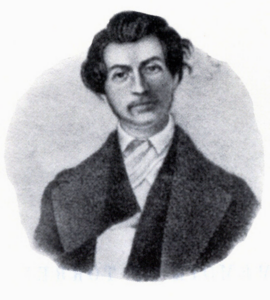An abolitionist reporter’s arrest and trial reveals the severity of Southern states’ slave-stealing statutes
Date(s): arrested June 1844, convicted December 3, 1844
Location(s): Washington, DC; Baltimore, Maryland
Outcome: Conviction
Summary:
Massachusetts-born Charles Torrey first came to Washington, DC in 1842 as an antislavery reporter. Torrey’s journalism made plenty of enemies, but it was his covert work assisting freedom seekers that most disturbed slaveholders. Together with formerly enslaved man Thomas Smallwood and his wife Elizabeth Smallwood, Torrey coordinated escapes from the nation’s capital. After several close calls with authorities, Torrey relocated with his wife and children to Albany, New York, while Smallwood fled to Canada. But Torrey continued to return to the capital area, and Maryland authorities arrested him in Baltimore in June 1844. A jury convicted Torrey after deliberating only twenty minutes, sentencing the abolitionist to six years in the Maryland state penitentiary. Torrey’s died behind bars of tuberculosis on May 9, 1846, the same day Maryland governor Thomas Pratt pardoned him due to his failing health.
Related Sources

